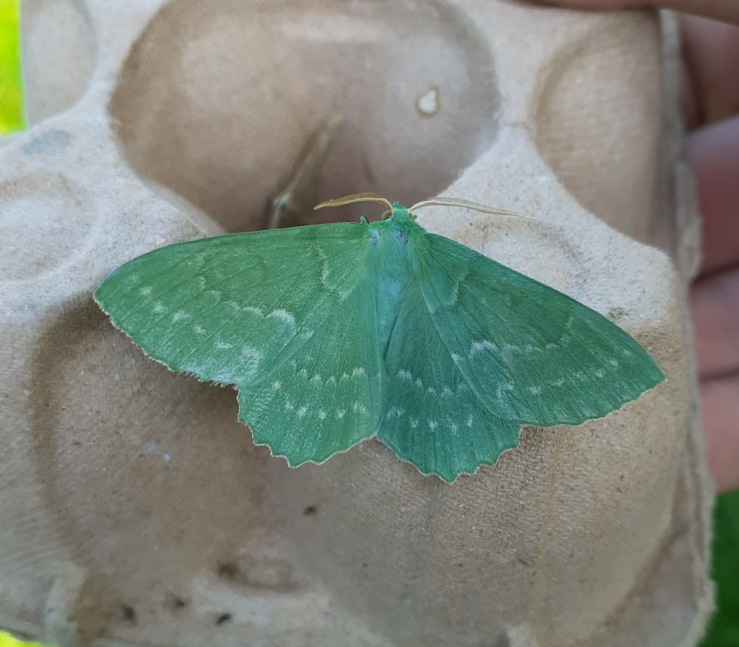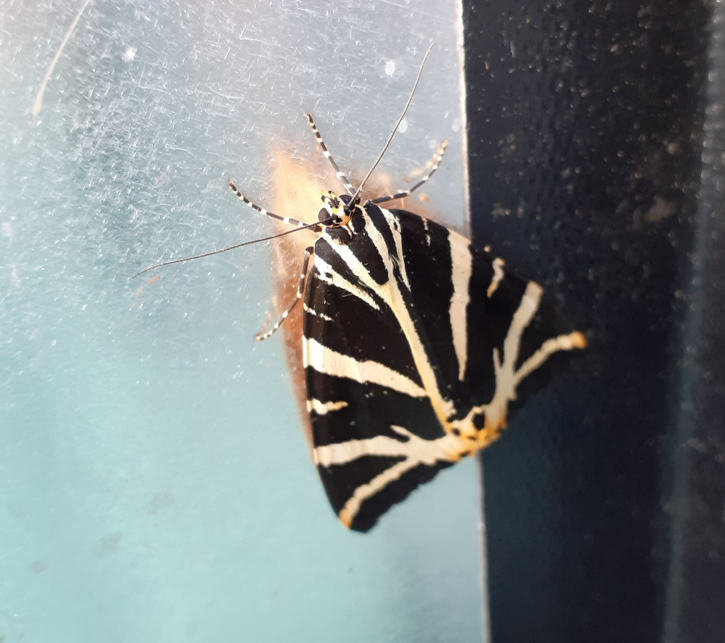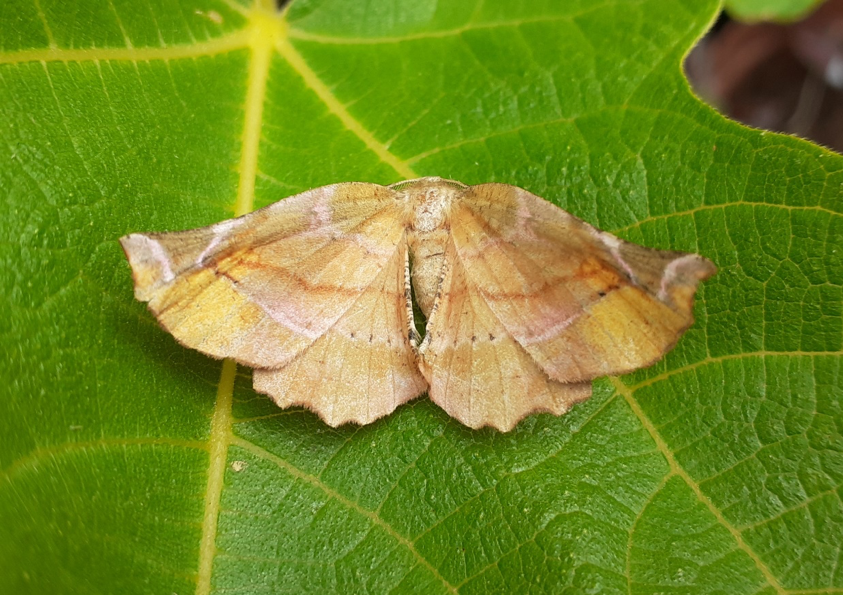Moths are somewhat misunderstood creatures in the UK. If you ask someone on the streets for a description of a moth, odds are it will contain adjectives such as small and brown plus something about them eating clothes. The reality is actually very different and if you ask me for a description of a moth I would choose words such as stunning, colourful, mysterious and wondrous.
Throughout the summer and autumn, we undertook a series of moth surveys at Bonhays to discover more about these secretive and mostly nocturnal insects which live within the grounds. Moths are incredible indicators of the quality of habitat found in an area so the team at Bonhays were very much looking forward to the findings. There are over 2500 species of moth in the UK and are found in every habitat the UK has to offer but some habitats hold more species that others. The area of Dorset in which Bonhays lies is rather under recorded for moths making this survey even more valuable and interesting.
So how did we do it? It’s a simple device which involves a funnel and a very bright light which attracts the moths. They fall into the funnel and end up in a large chamber where they end up settling down until the morning when we get chance to examine and enjoy the catch.
A moth trap set at Bonhays
So how did we get on? Expectations were pretty high given the beautiful landscape around Bonhays but the results actually exceeded our hopes! We set traps on 18 nights which resulted in us recording 313 species and over 3000 individual moths. Many of these were species we would have expected and would actually be found in many gardens but surprises were in good supply. These included some species which are very rarely seen in Dorset such as Ectoedemia albifasciella (but that might be as it’s only 2.5mm – although it is a beautiful tiny moth!). Thankfully most were much larger and easier to appreciate, such as the rather butterfly-like Large Emerald below.
A Large Emerald
Here’s the very striking Jersey Tiger
And finally a moth whose name describes it perfectly - The Lilac Beauty with it’s lilac streak.
It’s very clear that Bonhays is a great place for wildlife and this year’s focus on moths proves that. As mentioned earlier, moths are a good indicators species due to their position in the food chain. Many species of bird and mammal feed on the larvae so plenty of moths tends to mean a healthy number of predators. The larvae of individual species tend to feed on specific plant or tree species so a large range of moth species tends to suggest a very good range of plant species and a healthy environment which we’d say is a good description of Bonhays.
We will be continuing the surveying in 2020 so very much looking forward to what other delights Bonhays still has to share with us!
L Phillips






